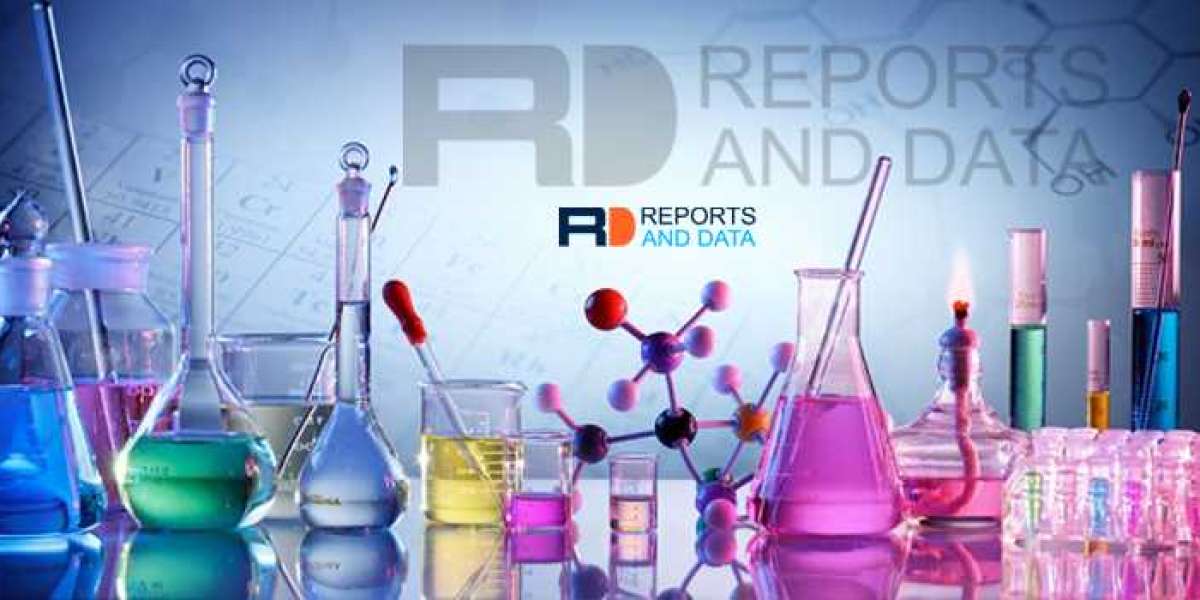Introduction to RoHS Certification
In an era where electronic devices dominate daily life, ensuring their safety for both human health and the environment has become a global priority. The Restriction of Hazardous Substances (RoHS) Directive, originating in the European Union, is a cornerstone regulation aimed at reducing the use of hazardous materials in electrical and electronic equipment (EEE). RoHS certification verifies that a product complies with these restrictions, ensuring it is safe for use and environmentally friendly. This article delves into the intricacies of RoHS certification, its importance, requirements, processes, and its global impact on manufacturers, consumers, and the environment.
What is RoHS?
RoHS stands for Restriction of Hazardous Substances. First introduced as Directive 2002/95/EC by the European Union in February 2003, it became effective on July 1, 2006, and was later revised as RoHS 2 (Directive 2011/65/EU) and RoHS 3 (Directive 2015/863). The directive restricts the use of specific hazardous materials in EEE to minimize risks to human health and the environment during manufacturing, use, and disposal. RoHS applies to a wide range of products, including consumer electronics, household appliances, industrial equipment, and more, unless specifically exempted.
The primary goal of RoHS is to reduce the environmental footprint of electronic waste (e-waste) and protect workers and consumers from exposure to harmful substances. By limiting hazardous materials, RoHS promotes safer recycling and disposal practices, contributing to a circular economy.
Restricted Substances Under RoHS
RoHS currently restricts ten substances, with maximum allowable concentrations by weight in homogeneous materials set at 0.1% (1,000 parts per million, or ppm) for most substances and 0.01% (100 ppm) for cadmium. These substances are:
Lead (Pb): Used in soldering and batteries, lead is toxic and can cause neurological damage.
Mercury (Hg): Found in lamps and switches, mercury is harmful to human health and ecosystems.
Cadmium (Cd): Used in pigments and coatings, cadmium is carcinogenic and pollutes soil and water.
Hexavalent Chromium (CrVI): Used in coatings and primers, it is toxic and can cause respiratory issues.
Polybrominated Biphenyls (PBB): Flame retardants used in plastics, linked to health risks.
Polybrominated Diphenyl Ethers (PBDE): Another flame retardant, harmful to the environment.
Bis(2-ethylhexyl) Phthalate (DEHP): A plasticizer, added in RoHS 3, linked to reproductive issues.
Butyl Benzyl Phthalate (BBP): A plasticizer, also added in RoHS 3, toxic to humans.
Dibutyl Phthalate (DBP): Used in plastics, it poses health risks, added in RoHS 3.
Diisobutyl Phthalate (DIBP): A plasticizer, added in RoHS 3, with similar health concerns.
These restrictions apply to each homogeneous material in a product, meaning individual components like cables, coatings, or circuit boards must comply independently.
Scope of RoHS
RoHS applies to a broad range of EEE, including:
Consumer Electronics: Smartphones, laptops, TVs, and gaming consoles.
Household Appliances: Refrigerators, washing machines, and microwaves.
Industrial Equipment: Machinery and control systems with electronic components.
Lighting Equipment: LED bulbs and fluorescent lamps.
Toys and Leisure Equipment: Electronic toys and sports devices.
Medical Devices: Certain medical equipment (with exemptions for specific cases).
Monitoring and Control Instruments: Industrial and consumer monitoring devices.
Exemptions exist for specific applications, such as military equipment, aerospace components, and certain medical devices, as outlined in Annexes III and IV of the RoHS Directive. These exemptions are periodically reviewed to adapt to scientific and technical progress.
Importance of RoHS Certification
RoHS certification is critical for several reasons:
Environmental Protection: By restricting hazardous substances, RoHS reduces pollution in landfills and waterways, making e-waste recycling safer and more sustainable.
Human Health: Limiting exposure to toxic materials during manufacturing, use, and disposal protects workers, consumers, and recyclers.
Market Access: RoHS compliance is mandatory for selling EEE in the EU and other regions adopting similar regulations, such as China, India, and California. Non-compliance can result in fines, product recalls, or market bans.
Consumer Trust: RoHS certification signals to environmentally conscious consumers that a product is safe and sustainable, enhancing brand reputation.
Regulatory Compliance: RoHS is part of the CE marking process in the EU, ensuring products meet safety, health, and environmental standards.
RoHS Certification Process
Achieving RoHS certification involves several steps to ensure compliance with the directive. The process typically includes:
1. Documentation Review
Manufacturers must compile detailed technical documentation, including material declarations, bills of materials, assembly drawings, and supplier certifications. This documentation verifies that no restricted substances exceed the allowable limits in any homogeneous material.
2. Testing
Testing is conducted to measure the presence of restricted substances. Common methods include:
X-ray Fluorescence (XRF): A non-destructive method to screen for metals like lead, mercury, and cadmium.
Phthalate Testing: Solvent extraction and gas chromatography are used to detect phthalates (DEHP, BBP, DBP, DIBP). Testing can be performed in-house or by third-party laboratories, such as TÜV SÜD or SGS, which provide independent verification.
3. Compliance Assessment
An independent review of test results and documentation is conducted to confirm compliance. Manufacturers may use harmonized standards like EN IEC 63000:2018 to streamline the process.
4. Declaration of Conformity (DoC)
Manufacturers issue a DoC, a legal document stating that the product complies with RoHS requirements. It includes product details, restricted substances, and manufacturer information.
5. CE Marking
For products sold in the EU, RoHS compliance is a prerequisite for affixing the CE mark, indicating conformity with EU safety, health, and environmental directives.
6. Certification and Labeling
Upon successful assessment, a RoHS certificate is issued, typically valid for five years. Products may also carry a RoHS-compliant label to inform consumers. Re-certification is required if significant changes are made to the product’s design, materials, or sourcing.
Global Impact of RoHS
While RoHS originated in the EU, its influence extends globally. Countries like China, Japan, South Korea, India, and the United States (e.g., California) have adopted similar regulations, often referred to as “China RoHS,” “Japan RoHS,” or “California RoHS.” These regulations may differ in scope, thresholds, or enforcement but share the goal of reducing hazardous substances in EEE.
For example, China RoHS requires marking and disclosure of hazardous substances, while India integrates RoHS compliance into its E-Waste (Management) Rules under Extended Producer Responsibility (EPR). The global adoption of RoHS-like standards has created a harmonized approach to environmental safety, compelling manufacturers to design products that meet the strictest regulations worldwide.
Challenges of RoHS Compliance
Achieving RoHS compliance can be challenging for manufacturers:
Supply Chain Management: Ensuring all suppliers provide RoHS-compliant components requires robust communication and documentation.
Testing Costs: While testing is relatively affordable (approximately $700–$1,200 per product for small consumer goods), costs can accumulate for complex products with multiple components.
Design Changes: Substituting hazardous materials, such as lead-free soldering, may affect product reliability, as seen with issues like tin whiskers in electronics.
Exemption Management: Manufacturers must track exemption statuses, as exemptions are time-limited and subject to renewal.
Despite these challenges, compliance is non-negotiable for market access and consumer safety.
RoHS and Related Regulations
RoHS intersects with other EU regulations, such as:
WEEE Directive: Promotes the collection and recycling of EEE, complementing RoHS by addressing e-waste management.
REACH Regulation: Regulates chemicals in all products, not just EEE, and overlaps with RoHS on certain substances.
EU Battery Regulation: Governs hazardous substances in batteries, which are exempt from RoHS but subject to similar restrictions.
Together, these regulations create a comprehensive framework for environmental and health protection in the electronics industry.
Benefits of RoHS Certification
RoHS certification offers numerous benefits:
Market Competitiveness: Certified products appeal to environmentally conscious consumers and meet regulatory requirements in multiple regions.
Improved Product Safety: Reducing hazardous substances enhances product reliability and safety.
Long-Term Cost Savings: By designing compliant products, manufacturers avoid fines, recalls, and redesign costs.
Global Reach: Compliance with RoHS facilitates entry into international markets with similar regulations.
Future of RoHS
The RoHS Directive is dynamic, with periodic reviews to incorporate new substances or adjust exemptions based on scientific advancements. For instance, the addition of four phthalates in RoHS 3 (2015/863) reflects the EU’s commitment to addressing emerging risks. Ongoing studies, such as those published by the European Commission in 2021 and 2023, evaluate the directive’s effectiveness and explore potential expansions.
As technology evolves, RoHS will likely adapt to cover emerging products like IoT devices, drones, and smart home assistants. Manufacturers must stay informed about regulatory updates to maintain compliance.
Conclusion
RoHS certification is more than a regulatory requirement; it is a commitment to safer, more sustainable electronics. By restricting hazardous substances, RoHS protects human health, reduces environmental harm, and fosters consumer trust. For manufacturers, achieving RoHS compliance involves rigorous testing, documentation, and supply chain management, but the benefits—market access, consumer confidence, and environmental responsibility—far outweigh the challenges. As global adoption of RoHS-like standards grows, this directive will continue to shape the future of the electronics industry, ensuring a safer and greener world.



